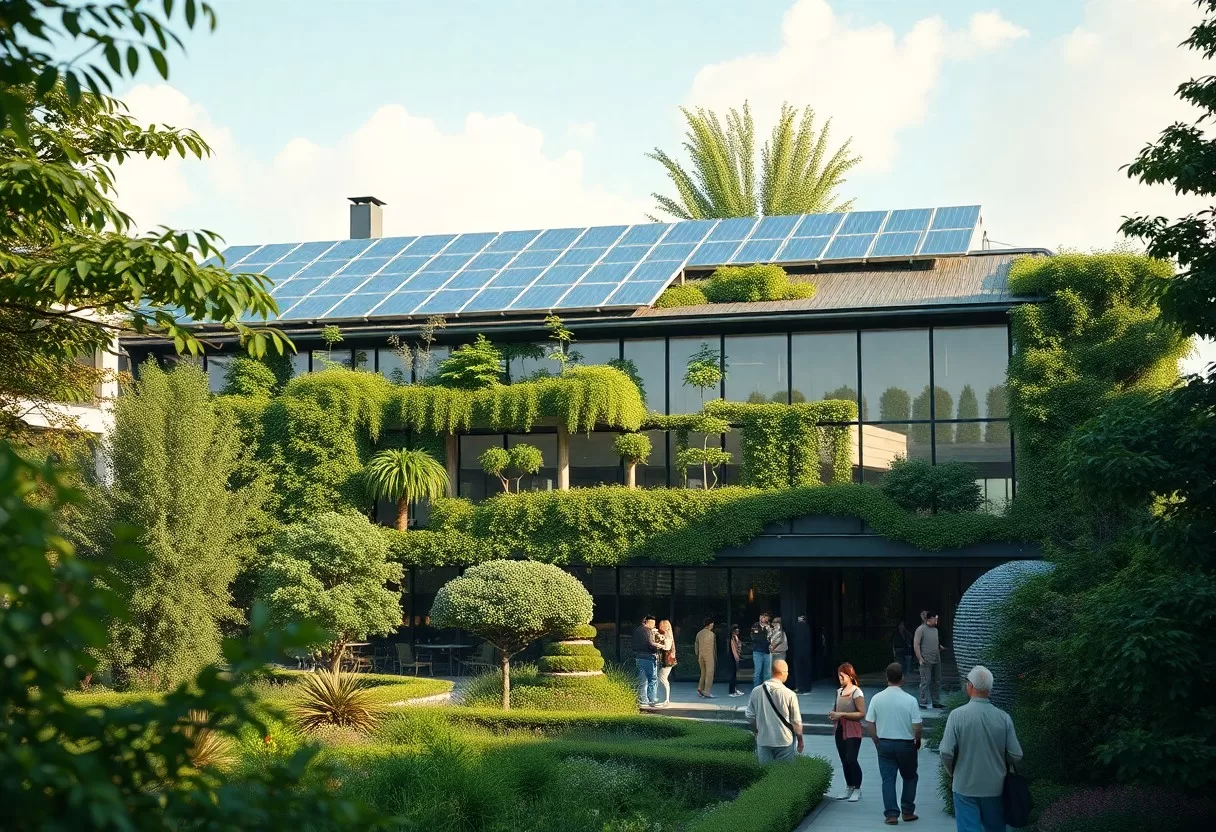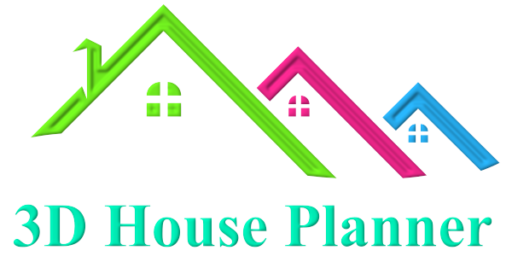With a growing emphasis on sustainability, achieving green building certifications is imperative for your projects. This guide will provide you with a step-by-step approach to navigate the certification process effectively, ensuring that your developments meet and exceed environmental standards. You’ll learn how to incorporate best practices that not only enhance your building’s energy efficiency but also contribute positively to your community. For a detailed outline on How to organize green building certifications, follow this link. Start your journey towards sustainable development today!

Key Takeaways:
- Understand the various green building certification systems available, such as LEED, BREEAM, and ENERGY STAR, to select the one that best aligns with your project goals.
- Conduct a thorough assessment of regulatory requirements and local building codes that may influence the certification process.
- Incorporate sustainable design principles early in the planning phase to ensure energy efficiency, water conservation, and the use of sustainable materials.
- Engage with experienced professionals, including architects, engineers, and sustainability consultants, to facilitate an informed and efficient certification journey.
- Document every step of the process meticulously to prepare for evaluations and reviews by certification bodies, ensuring all criteria are adequately met.
Mapping Out the Certification Maze
Navigating through various green building certifications can feel like traversing a complex maze. Each certification offers distinct criteria, benefits, and focus areas that align with sustainability goals, making it vital to understand your options. As you explore this landscape, you’ll discover that many certifications cater to different types of projects, whether they involve new construction, renovations, or even existing buildings, allowing you to tailor your approach for maximum efficacy.
Decoding Different Green Certifications
Numerous green building certifications exist, such as LEED, BREEAM, and Green Globes, each with its own set of standards. LEED, developed by the U.S. Green Building Council, focuses on energy efficiency, indoor air quality, and sustainable materials, making it one of the most recognized certifications worldwide. BREEAM, primarily used in the UK, assesses sustainability based on a variety of factors including ecological impact and resource management. Understanding the differences between these certifications will empower you to choose the right one for your specific project.
Identifying the Right Path for Your Project
Selecting the right certification path involves evaluating your project’s goals, scope, and budget. Begin by considering the specific aspects of sustainability that are most pertinent to your project’s needs—be it water efficiency, energy usage, or material sustainability. Analyze your project timeline and resources to ensure that you can feasibly meet the requirements of the certification you choose. Engaging with experts in sustainable design can also provide valuable insights, streamlining your decision-making process and leading you to a successful certification journey.
You’ll find that assessing your project’s unique characteristics plays a pivotal role in identifying the optimal certification. Are you focusing on a high-rise building in an urban setting, or perhaps a residential community in a more rural area? The architectural demands, local environmental regulations, and available funding for sustainable practices will all influence your choice. For instance, LEED might be ideal for a commercial project aimed at attracting eco-conscious tenants, while a smaller residential renovation may align better with the simpler standards of Green Globes. Evaluating these factors thoroughly can save time and resources while ensuring that your certification aligns with your long-term sustainability goals.
Integrating Sustainability from the Ground Up
Every successful green building initiative begins with a firm commitment to sustainability from the outset. By incorporating sustainable principles into your development strategy, you set a foundation for energy efficiency, waste reduction, and improved indoor air quality. This involvement starts long before construction begins, affecting everything from site selection to materials used, ensuring all aspects of building your project prioritize ecological responsibility.
Incorporating Eco-Friendly Materials
Choosing eco-friendly materials significantly impacts your building’s sustainability. Opt for locally sourced, recycled, or rapidly renewable materials to mitigate environmental harm and support local economies. Utilizing materials like bamboo, reclaimed wood, or low-VOC products enhances indoor air quality while reducing your carbon footprint. Striking the right balance between aesthetics and eco-consciousness leads to an inviting yet responsible environment.
Designing Efficient Energy Systems
Energy systems play a pivotal role in your building’s overall sustainability. Employing renewable energy sources like solar panels or wind turbines can drastically reduce reliance on non-renewable resources. Integrating smart grid technologies enables real-time energy monitoring, optimizing consumption based on demand. A well-designed energy strategy, which includes high-efficiency HVAC systems and proper insulation, cuts energy costs and minimizes greenhouse gas emissions.
With energy systems accounting for up to 30% of a building’s long-term operational costs, the benefits of designing for efficiency are substantial. Consider implementing geothermal heating and cooling systems that utilize the consistent temperature of the earth to regulate indoor climates economically. Additionally, using energy management systems can provide insights into consumption patterns, allowing you to make informed adjustments that lead to substantial savings and decreased environmental impact.
Building the Right Team
Establishing a team committed to sustainable development is fundamental to achieving green building certifications. You’ll want a diverse group of professionals including architects, engineers, contractors, and sustainability consultants, each bringing their expertise to the table. To align your efforts, consider accessing resources like The Ultimate Guide to Green Building Certification for an extensive understanding of roles and responsibilities in your certification journey.
Collaborating with Sustainability Experts
Working alongside sustainability experts enhances your project’s design and execution. Their specialized knowledge allows for the identification of innovative materials and strategies that conform to certification standards. These experts can help streamline energy efficiency measures and reduce overall environmental impact, ensuring your building adheres to best practice guidelines.
Enhancing Communication Among Stakeholders
Fostering effective communication among all stakeholders not only keeps your project on track but also mitigates misunderstandings that could delay certification. Establishing regular meetings, using collaborative tools, and setting clear objectives will aid in maintaining transparency. Personalized communication methods, such as targeted email updates or shared digital platforms, contribute significantly to keeping everyone informed at every stage.
Engaging with stakeholders regularly builds a sense of ownership and commitment to sustainability goals. For instance, involving community members early in the decision-making process can reveal valuable insights, while workshops can cultivate a shared vision among the project team. Digital platforms like project management software can offer real-time updates, allowing each member to track progress and milestones. Implementing these strategies not only boosts morale but also ensures that everyone is aligned toward achieving your collective green certification objectives.

Documenting Your Journey
As you navigate the process of achieving green building certifications, careful documentation will be instrumental in showcasing your project’s sustainability efforts. You will need to maintain a detailed record of all decisions, materials, and practices implemented throughout the building process. This documentation not only aids in meeting compliance but also serves as an invaluable resource for future projects and certifications. A thorough approach to record-keeping allows for seamless communication with stakeholders and smooth progress tracking towards certification achievements.
Best Practices for Record Keeping
Establishing a systematic approach to record keeping enhances your chances of success. Utilize digital tools like project management software or cloud storage solutions to ensure all documents are easily accessible and organized. Create folders for different project aspects, such as design, materials, and energy modeling, and always keep backup copies of critical documents. Regularly updating logs of meetings, decisions made, and changes in project scope allows for a comprehensive audit trail, making it easier to demonstrate compliance with certification requirements.
Aligning Project Goals with Certification Criteria
To ensure your green building project aligns seamlessly with certification criteria, begin by thoroughly reviewing the specific standards of the certification you’re pursuing. Analyze how your project objectives can incorporate these guidelines, which may include energy efficiency, sustainable site development, and materials usage. Engage your entire team in identifying synergies between your design vision and the certification framework to foster a deep understanding of how to measure success. Regular check-ins and alignment workshops facilitate the discovery of opportunities for improvement that cater to both your goals and the certification demands.
Deep alignment between your project goals and the certification criteria fosters a holistic approach to sustainable development. For instance, if you aim to achieve LEED certification, consider integrating natural ventilation strategies into your design. This will not only enhance indoor air quality but also contribute towards fulfilling the prerequisites for energy and atmosphere credits. Conducting periodic assessments and updates throughout the project lifecycle ensures that both your intentions and the certification requirements are met harmoniously, ultimately maximizing the project’s sustainability impact and minimizing resources wasted on redesign or rework.
Bridging the Gap Between Certification and Performance
Bridging the gap between certification and actual building performance hinges on rigorous adherence to best practices throughout the entire building process. While obtaining certifications demonstrates a commitment to sustainability, true success is measured by how these standards are executed in the finished product. This requires ongoing assessments and a proactive approach to identifying and resolving discrepancies between predicted and actual performance metrics.
Ensuring Compliance During Construction
Compliance during construction involves strict oversight of all building practices to align with sustainability certifications. Engaging certified professionals and involving eco-friendly materials from the onset ensures that specifications are meticulously followed. Regular site inspections and audits can mitigate risks and maintain compliance, ultimately preventing costly errors and delays in achieving your green building goals.
Engaging in Post-Occupancy Evaluations
Conducting post-occupancy evaluations is fundamental to understanding how well the building meets both certification standards and occupant needs. These evaluations provide valuable insights into energy consumption, indoor air quality, and user satisfaction over time.
By actively engaging in post-occupancy evaluations, you can gather empirical data that informs future projects. Surveys and energy use assessments reveal occupancy patterns and efficiency performance, allowing you to make informed adjustments and improvements. This feedback loop often highlights unexpected issues, such as the underutilization of sustainable features, guiding you toward enhancing occupant experience and optimizing resource usage, ultimately reinforcing your commitment to sustainability over the long term.
Conclusion
Ultimately, achieving green building certifications requires a strategic approach that prioritizes sustainable practices throughout your project. By understanding the specific criteria and steps involved—such as selecting eco-friendly materials, optimizing energy efficiency, and engaging stakeholders—you can effectively navigate the certification process. This effort not only elevates your project’s environmental performance but also enhances its marketability and long-term viability. As you implement these practices, you contribute to a more sustainable future for both your community and the planet.
